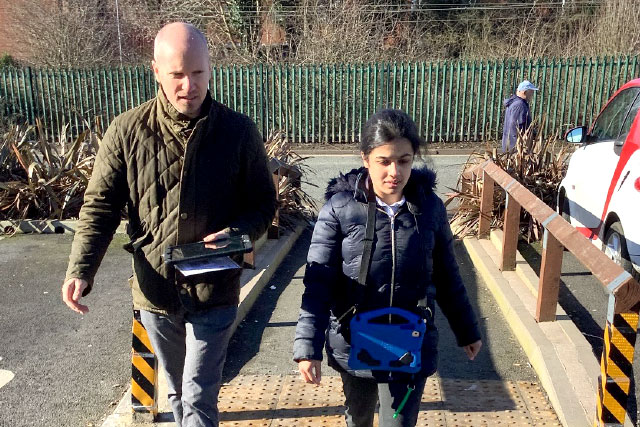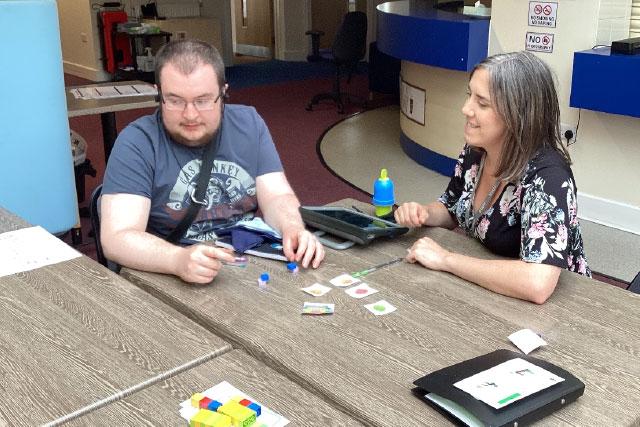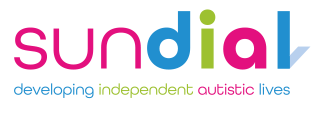Our Speech and Language Therapy team aims to support students to communicate what they want, to who they want, when they want, using whatever method they choose.
Using a Total Communication approach, we support students to develop their communication skills so that individuals can express the things that are important to them.
All methods of communication are respected and celebrated, whether this be spoken language or Alternative and Augmentative Communication methods (AAC).


Speech and Language Therapy may provide support in the following areas:
- Alternative and Augmentative Communication (AAC)
- Gestalt Language development
- Self-advocacy
- Perspective taking
- Social communication: Understanding own neurodivergent communication styles and communication styles of others
- Emotional literacy and regulation, including interoceptive awareness
- Expressive language
- Receptive language
- Speech sounds and articulation
- Fluency
- Developing communication skills within school/college, home, community and work placements
- Supporting communication partners to understand communication strengths and needs
- Advising on access/adaptations to curriculum (e.g. literacy; relationships and sex education/PSHE)
Students will receive assessment from SaLT and a bespoke therapy plan will be devised providing embedded, specialist or intensive support. The support each student receives is bespoke to their skills, needs and priorities. We work collaboratively with a range of professionals and communication partners.


